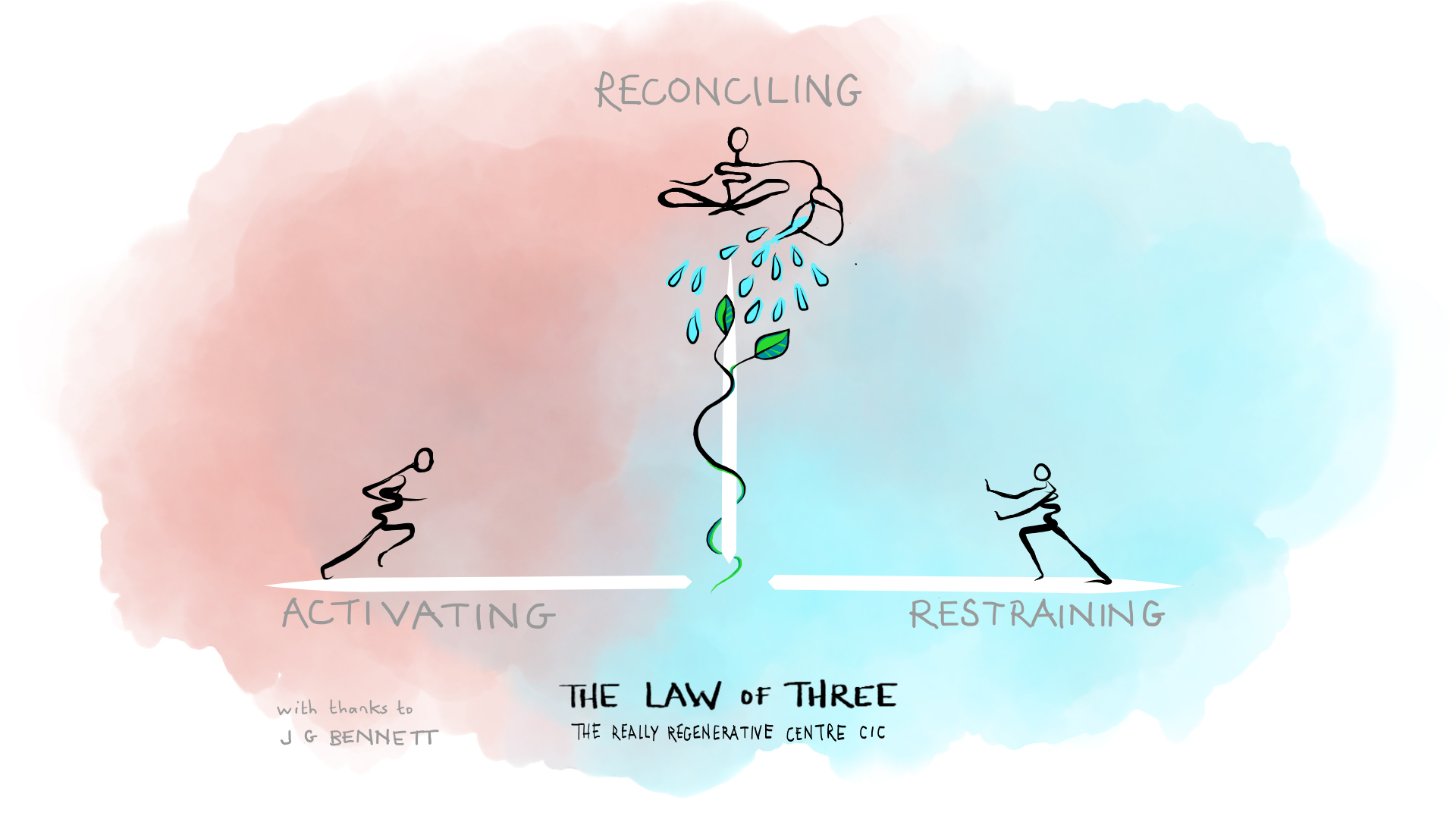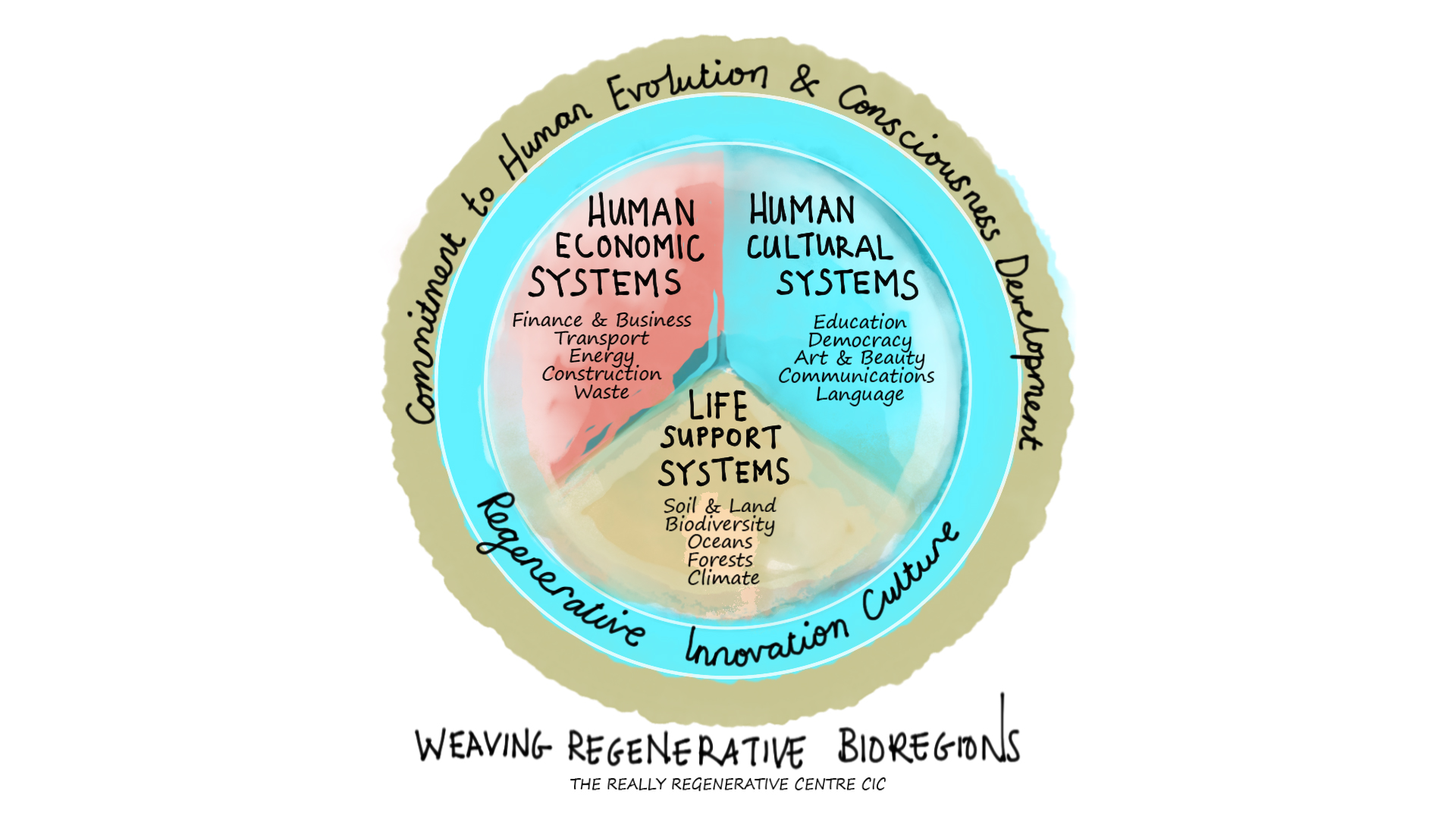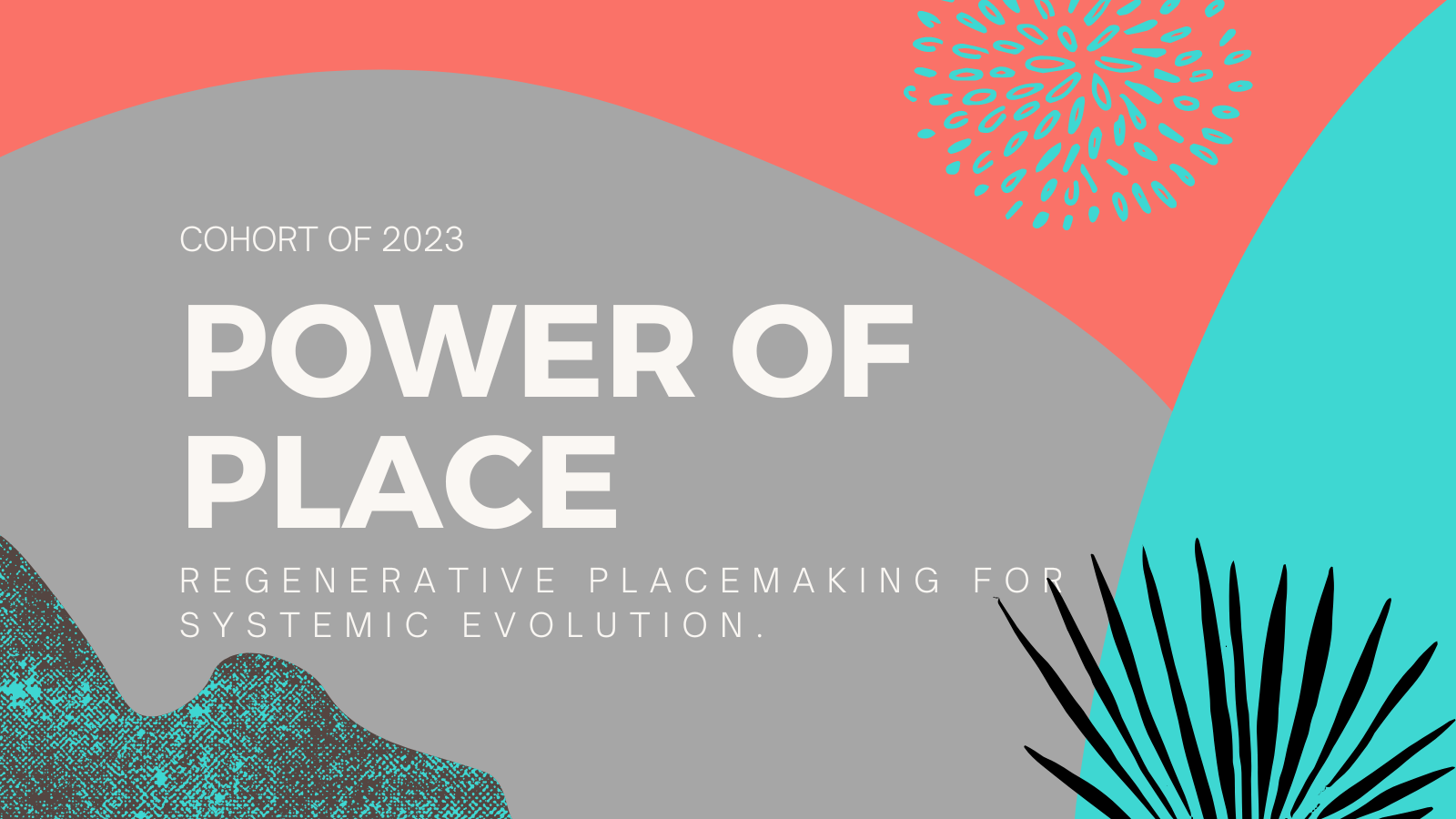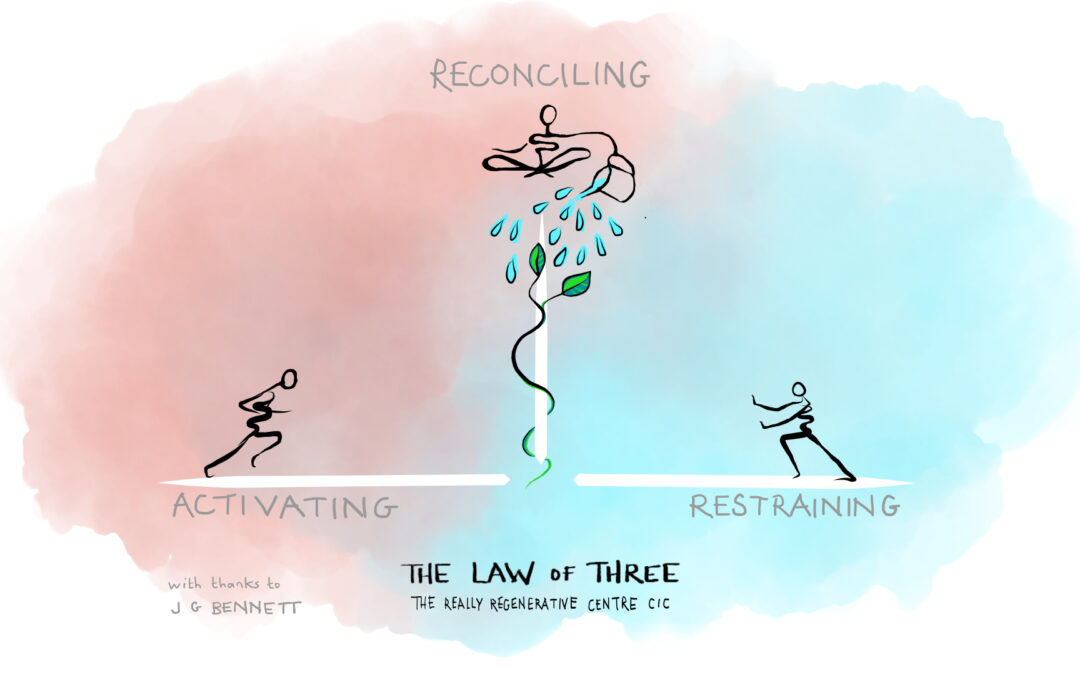The farming community has come in for a lot of flack recently.. It’s a hard job and an unforgiving one at times. It’s a traditional community that isn’t known for welcoming change, although it has proven in the past that when change is required it can embrace it. The post WW2 dramatic change in farming practices to increase food supply is a good example.
The revelation that the National Farmers Union argued fiercely against the proposed targets for farming as “unachievable, inconsistent and irrational” and that we should “support species that are already present before we seek to introduce new species…..aim to prevent the loss of species….”, should perhaps not come as a surprise.
Rather than pick apart policy, arguments or rights and wrongs, I want to look at the mindset from which this language and narrative comes and what a future potential approach might achieve.
Let’s look at three common mindsets in our world today and one that’s emergent. I use names/terms from different fields of developmental psychology but INHO the best articulation is Carol Sanford’s.
Mechanistic/Scientific/Individualist: that sees the world as a machine, one which can be managed and controlled through knowledge, measurement, metrics. Reductionist, breaks down into parts rather than wholes. One in which key forces determine the future, and which are best managed through hierarchies, top-down design, innovation and problem-solving approaches. Birthed the scientific, industrial and global economies we know today. Growth applies to economies. The story of separation is foundational; I am greater than you, you are less than me. We ‘other’: colonialism, racism, genderism, everyday sexism, national states – all constructed to maintain hierarchy.
Arrest Disorder / Pluralist-Behaviouralist – recognises collective need and purpose over individualist, familial, values-centred, seeks to mitigate the exigences of Mechanism. Addressed social challenge such as slavery, child labour, unfit adult labour practices, the social democracy, national health services. Birthed management approaches such as incentives, rewards, certification, KPIs, corporate social responsibility, sustainability, change and behaviour management, conservation and NGO movement.
Do More Good / Human Potential – recognises the challenges posed to human fulfilment by mechanism, collective and restorative for the human species. Deliberately developmental organisations, future of work movement, sociocracy, restorative justice, the teal movement arise.
Regenerative Life / Evolutionary Potential – living systems orientation, the next possible leap in human evolution, brings humanity back into the flow of evolution alongside all other living systems, focuses on future potential rather than problem-solving, seeks to evolve systems to whatever new iteration of life wants to emerge. Whole. Potential. Uniqueness. Relational. Systemic.
What might be the belief-set at the heart of the language in this piece (don’t forget to note that a journalistic piece has its own mindset and positions its narrative accordingly)? Just pick a few phrases and think about it. Here are some:
- “ building on past successes and further reducing nutrient losses to the environment from agriculture”
- “should support species that are already present before we seek to introduce new species”
- “prevent the loss of species, as such a bespoke target approach to rare and threatened species could be beneficial in driving action to reduce biodiversity loss”.
What’s the response from organisations who disagree? What might be the approach from which their disagreement arises? Again, pick a few.
- “defeatist, deluded and dangerous” and that it was
- “stunting progress towards a greener future”.
I sense the whiff of ‘othering’ in this approach. Do ad hominems create change and forward momentum?
Then again, let’s ask ourselves ‘what is the core thinking behind the strategy both camps are warring about?’ Targets, quotas, goals – what thinking design process do they come from?
So here we are, stuck. Lobbying organisations pushing for change. Existing system organisation lobbying for less change, or change that doesn’t change the status quo. The government of the day stuck in the middle, dancing between necessary ambition and vision and the power of the system of which it is part. The potential destruction of the existential threats we face as a species – climate change, soil degradation, waterway pollution, biodiversity loss, human mental and physical ill health – increasing exponentially.
It doesn’t need Einstein to tell you that the same approach gets the same results – even though he did.
So what then do we do? Because this ‘stuck’ scenario is replicated everywhere you look. I’m for, I’m against. You are wrong, we are right. And all the time the exponential impact clock is ticking. Where’s the change?


Here’s a framework; J.G. Bennett’s Law of Three. If you read my ramblings regularly, you’ll have encountered it before. It represents three energies that are always present. Activating, Restraining and Reconciling. We’re familiar with the first two because that’s what we’ve just described: lobbying is activating, existing system is restraining or resisting change. Our normal processes to deal with these warring energies is compromise or conflict resolution. Here the government has opted for compromise; lower targets, a less ambitious agenda. Everybody’s happy? No. Everybody’s probably still un-happy and no real change occurs. We tinker around the edges. We’re arresting disorder but not changing the source of existential threat.
The evolutionary potential in a reconciling approach is, however, always available. What keeps us locked in it is what is invisible beneath the waves of Activating and Resisting energies. What is invisible (though not always) are the drivers for each energy: fear of change, fear of loss – of influence, power, income, control; lack of understanding of systemic impact, lack of knowledge of how to create change in complex systems; deeply rooted belief in the mechanistic approach of targets, quotas, percentages, incrementalism as a method of change. Lack of time for poor old farmers to embrace this complexity. Lack of courage, vision, purpose around which everyone can gather because they are focused around what they cannot.
The evolutionary potential for food and farming is something beyond our current vision of incremental change. It needs a collective light to be shone on it from all perpsectives, where all parties get to a point where they can focus on the future we want to bring into being – it’s next stage of evolution – rather than the problems they feel they can incrementally solve.
What if, instead of focusing on the problems we have, we focus on the future we want to create. What if we keep imaging it, naming it, describing it, trying to sense into it from a new and different way of perceiving and thinking? What if we ask questions from a Da Vinci mindset? What is the helicopter we need to invent? Or reach for a Galiliean level of insight? What is the way in which a living system works that we haven’t seen from which we could think about and design the world anew? What if we imagine into the future potential of food and farming to design for life and then back-cast from there to design a pathway forwards to a planet that not only feeds its people nutritionally well, but does so without contributing to its systemic illhealth?
By focusing on the future potential, constantly, irresistibly, we move our gaze away from what we don’t agree on, to what we can bring into being together. Altruistic? Unachievable? Unrealistic? Of course we can use those words. But so were helicopters to everyone except Da Vinci 500 years ago. So was the idea that the earth wasn’t flat. Or that it wasn’t the centre of the universe.
Of course it isn’t simple. It’s massively complex. What am I even arguing for here? Two things.
The graphic below is in its early stages of design. I’m aiming for the simplest visual of what is a very complex multi-layered approach to future regenerative design. It’s not finished yet.
A developmental culture that intentionally works on shifting our mindsets forwards. Why? Because the way I can see to address the invisible that keeps us locked in activating/restraining is to work on our Selves, on our ability to see other perspectives, worldviews; our ability to deal with our reactivity, fear, entrenchment; our ability to image future potential and find the collective courage and belief to leave our addiction to problem-solving the past behind.

A conscious innovation system in every bioregion around the world; that support enterprise and public services not just to innovate through emergent technology in the way that we do now, but to fuse a developmental approach with that technology and design. How does society develop the capacity to invent institutions and technologies that truly fit its own culture, environment and context? How can it learn enough about its own resources, needs, environment and potential? A place-sourced conscious innovation system – not just innovation parks devoted to technology – helping people and their enterprises ‘develop and express the future consistent with their own needs and with the ecosystems that surround them. And doing that with enhancing the power within all people to combine their intellectual knowing and intuitive knowing, reasoning about the earth and living in consonance with it”.
Think you’ve heard that before? Donella Meadows in her Balaton paper almost 50 years agol.
These are two atmospheres to wrap around our future. Two thin layers of life-giving skin that will enable the transformation of our living systems on which we depend, our human cultures and our human economic systems.
Then we can arrive at a food system that is not only sustainable but renewable, revitalising and regenerative. Until then….. I guess we have to keep finding places to seed new thinking, unlock polarity, and tell stories about how we might find pathways to a brighter future.

We work on regenerative design and thinking in Place on our signature learning journey Power of Place: An Introduction to Regenerative Placemaking for Systemic Evolution. Our 2023 programme closes soon for registration but there’s still time to join us if you too want to explore what thinking and designing regeneratively in the food system, might achieve.


Recent Comments